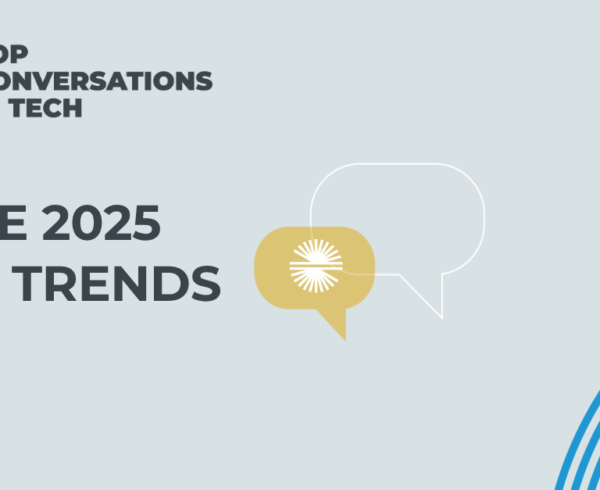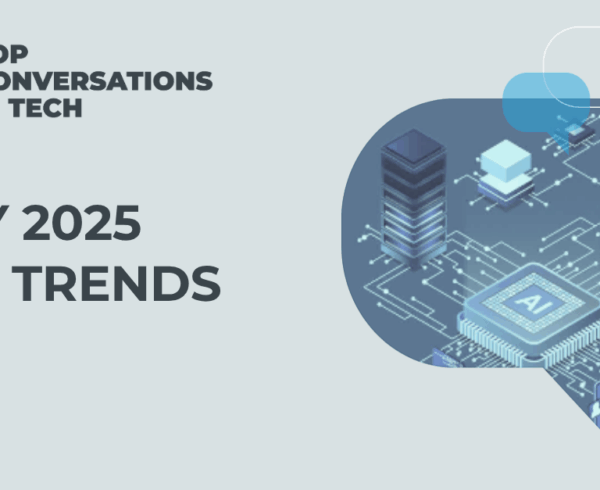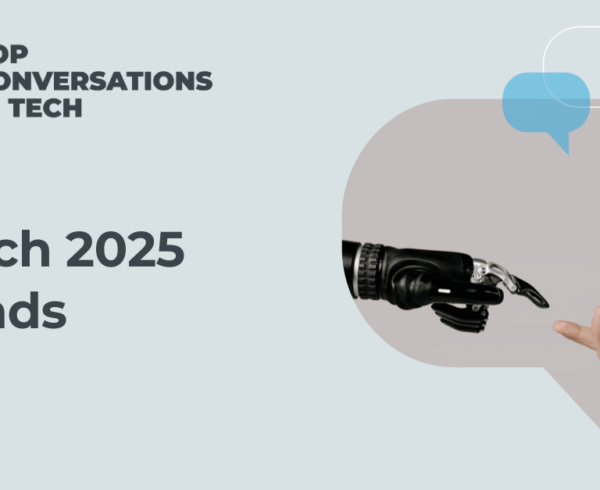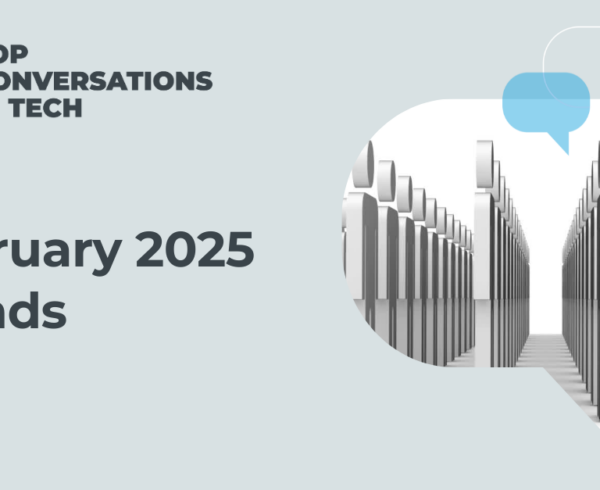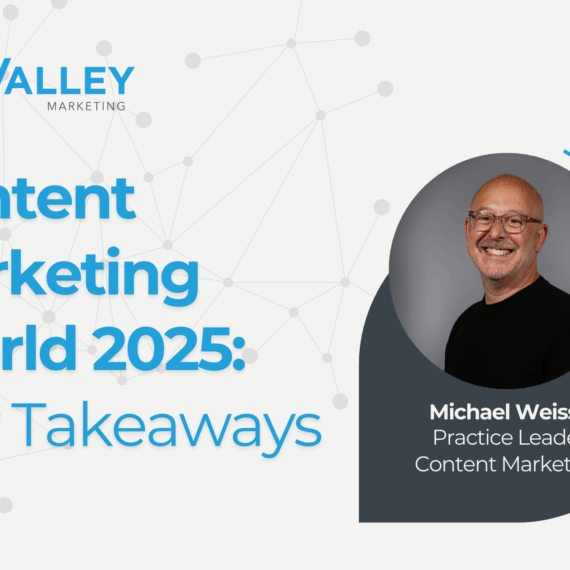Is this our new normal?
Welcome to Top Conversations in Tech, where we isolate the hottest trends, falling stars and shifting market dynamics to help technology marketers maximize their relevance. This month’s data reflects news and blog citations in September 2024 versus August 2024 and September 2023. We currently monitor 270+ topics, with data and insights going back to March 2019.
The top ten conversations remained the same month over month with only a handful of conversations changing ranks. Smartphone increased from #5 to #3, assisted by a decrease in citations for Drones which fell from #3 to #4. Cryptocurrencies dropphttps://bigvalley.co/resources/blog/top-conversations-in-tech-september23/ed to #5 and, despite an increase of 28%, Supply Chain remained at #6. Given that outlets covered the threatened port strikes, we anticipate an increase in supply chain coverage as a whole.
Artificial Intelligence #1 continued to stay top-of-mind for reporters with roughly a fifth of articles covering regulatory cycles, like the California AI safety bill SB 1047 that was proposed by Senator Scott Weiner and vetoed by California Governor Gavin Newsom. The amount of coverage appears to have even out since key AI actors (e.g., companies, politicians, etc.) debate the right level of AI regulation–one that encourages safety but does not stifle creativity and innovation. Our analyses over the past few months have provided insights into the AI regulation conversation and, until these actors move away from or change their talking points, I suspect that this level of conversation has plateaued.
Outlets also included artificial intelligence stories alongside sustainability conversations, ranging from how AI can help improve climate solutions to how AI contributes to climate issues. Organizations should expect an increase in these conversations–no one has settled on the de facto pros and cons AI brings to sustainability. In fact, organizations should take note of this trend and reflect internally on its use of AI and how their usage contributes to the climate issues of today. In essence, ask “where are we?” and “where do we want to be?”
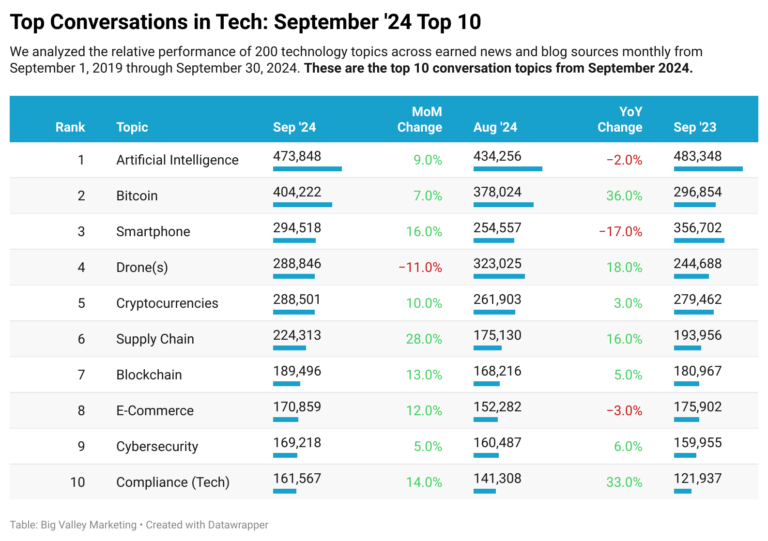
As alluded to earlier, the threatened port strikes led to increased Supply Chain #6 coverage toward the end of the month. In fact, we saw a steady increase roughly five days before the end of the month with a spike happening on September 30th. Journalists, notably, did not cover the threatened strike independently. With the upcoming election, media offered commentary and analyses on how the strikes would affect (1) the economy and (2) the election, which included an overlay of information regarding Harris’s and Trump’s economic plans.
Cybersecurity #9 returned somewhat to homeostasis following a decrease in overall coverage related to CrowdStrike. Looking at the past three months (i.e., July to September), CrowdStrike coverage spiked due to the tech outage, declined and plateaued in the following months, and then experienced two distinct increases in coverage: (1) CrowdStrike faced Congress about the outage on September 24 and (2) end-of-month stock coverage included questions about CrowdStrike’s stock worthiness. Indeed, stock experts featured information about the tech outage in their coverage with questions about whether to buy the stock. Trend data indicates that CrowdStrike coverage spikes around relevant events will continue to mention the July tech outage.
The Bottom Line
- Artificial intelligence coverage analyses show a pattern: companies provide updates to their products and features (e.g., Apple Intelligence), media cover news around proposed (and vetoed) regulation, and journalists reports on how artificial intelligence might impact various sectors (e.g., in terms of trust, job impacts, and more). As we continue Top Conversations in Tech, we’ll keep an eye out for the convergence of AI regulation conversation with how companies use and promote AI usage.
- The threatened port strikes led to an increase in coverage for September–we can only expect the same for October. We hypothesize that the port strike coverage will (1) factually report on the workers and those affected, (2) speculate on how the strikes impact the economy, and (3) tie the strikes to the upcoming election.
Looking ahead, October coverage will likely be contextualized within the election rather than connected to specific organizations. What actors (experts, officials, organizations) do you think will drive coverage?
Check out previous installments of Top Conversations in Tech here.


